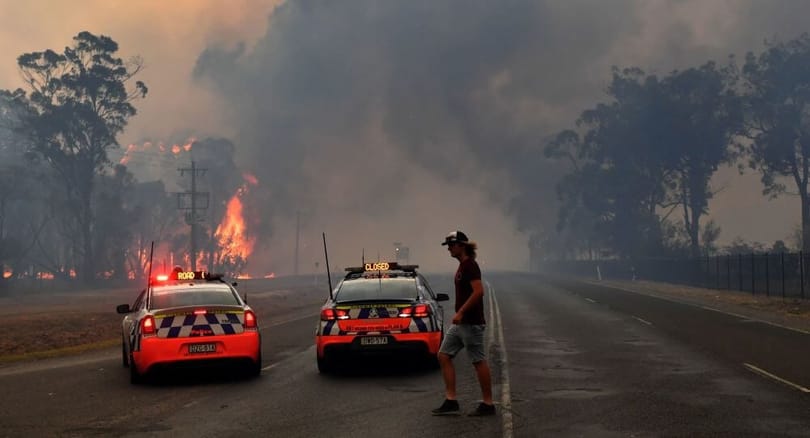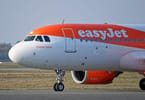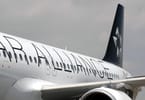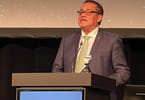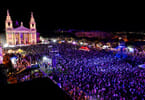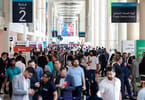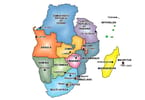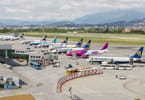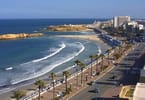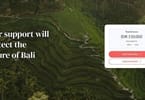Tourists are fleeing Bushfires in Australia. 420 km from Sydney, tourism consultant, and eTN contributor David Beirman has a very different experience and feedback to share from his New Years Holiday in Northern New South Wales.
New South Wales is a southeastern Australian state, distinguished by its coastal cities and national parks. Sydney, its capital, is home to iconic structures such as the Sydney Opera House and Harbour Bridge. Inland are the rugged Blue Mountains, rainforests and outback towns where opals are mined. Along the coastline are long surfing beaches. The Hunter Valley region, in the north, has dozens of wineries.
Since September 2019 bushfires have ravaged forests in every state and territory in Australia. The 2019-20 bushfires have already become the most extensive series of bushfires since the beginning of European settlement in 1788. The BBC’s excellent guide indicates the massive extent of the Australian fires in Australia’s two most populous states of New South Wales and Victoria.
I am currently on “holidays” in the New England region of Northern New South Wales about 420 Kms North West of Sydney. The village I am based in has major forest fires to our North, South and East. Residents in a nearby village have been advised to be ready to evacuate and tourists have been asked to evacuate a popular campsite in the area. On New Year’s Eve, visitors and residents were briefed by the rural Bushfire service, National Parks, State Emergency Services and Forestry officials about the status of fires in our area. While most fires are being contained, the combination of high temperatures in the ’40s (105 F), changing winds and a two-year drought has fanned the flames all over New South Wales. Australia’s largest rural volunteer bushfire fighters have done a magnificent job in limiting the damage to people and property but the damage to the environment has been dreadful.
Despite this, over 1,000 homes have been destroyed and 12 People including 5 firefighters have lost their lives. In my home state of New South Wales, one-quarter of the state’s forests have been burnt. In NSW alone, the area of forest burnt is equivalent to three times that of the recent California fires.
The Australian summer in December-January is a traditional school and work holiday period. Many popular coastal, holiday spots north and south of Sydney have been cut off by bushfires and access to and from them has been restricted. In the Victorian regional of Gippsland 100-150kms east of Melbourne, many coastal areas are besieged by fires. In several NSW south coast resorts, town tourists have been literally confined to beaches as fires in the forested hinterlands prevent their escape to exit routes. The Blue Mountains, a popular day tripper’s site 100 km west of Sydney, which generally offers magnificent canyon views has been shrouded by smoke from bushfires in the Blue Mountains.
Last night, Sydney ushered in the New Year with its traditional spectacular fireworks display over Sydney Harbour. Generally, this display excites locals and attracts thousands of tourists from all over Australia and the world. The display was as spectacular as ever and well over a million people including thousands of tourists lined vantage points to view them. However, this year fireworks display was not universally welcomed. Over 275,000 Sydneysiders signed a petition stating their opposition to the fireworks in the midst of the country’s most severe bushfire crisis. The petitioners claimed the money spent on the fireworks could have been better used helping support firefighters and fire victims rather than add the already significant smoke pollution in Sydney.
In essence, the massive financial and tourism boost that Sydney’s New Year Eve fireworks bring to Sydney (AUD $130 Million) prevailed over ethical concerns. As the fireworks ignite over water it was deemed safe and exempted from a total fire ban by the Rural Bushfire Service. In many Sydney suburbs and in rural and regional NSW many local councils canceled New Year Eve fireworks (usually for safety reasons). In my country holiday destination, we made do with a rollicking pub dance to the hits of the 1980s and a light show.
There is no doubt that the length and intensity of the bushfires is having an impact on international visitation to Australia and on domestic tourism. There have been cancellations and some events in fire-affected areas have been canceled. However, Australians are resilient. Life and tourism carry on. Even with the fires nearby.
I, along with many other Australians continue to enjoy our bush holiday in the bush that remains. Naturally, we do pay close attention to the fire warnings and wood-fired barbeques are not permitted. The fires have led to some days of smoky skies in Sydney, Melbourne, Adelaide and Perth and the capital Canberra. Despite the more sensational media coverage, Australia has not been burnt to ashes and a significant rainfall event could douse the flames.
Tourists are welcome to Australia and especially in rural and regional Australia. If you make it to rural and regional Australia you can be assured of a very warm welcome, the tourists who do make it love it. It’s true that the skies in Australia’s biggest cities have not been brochure cover perfect in recent weeks but Australia carries on. Bushfire information and updates are available in 35 languages in Victoria and 20 languages in New South Wales. Australia’s national broadcaster the ABC provides an excellent and accurate source of information about the bushfire situation.
WHAT TO TAKE AWAY FROM THIS ARTICLE:
- Residents in a nearby village have been advised to be ready to evacuate and tourists have been asked to evacuate a popular campsite in the area.
- The petitioners claimed the money spent on the fireworks could have been better used helping support firefighters and fire victims rather than add the already significant smoke pollution in Sydney.
- While most fires are being contained, the combination of high temperatures in the '40s (105 F), changing winds and a two-year drought has fanned the flames all over New South Wales.


